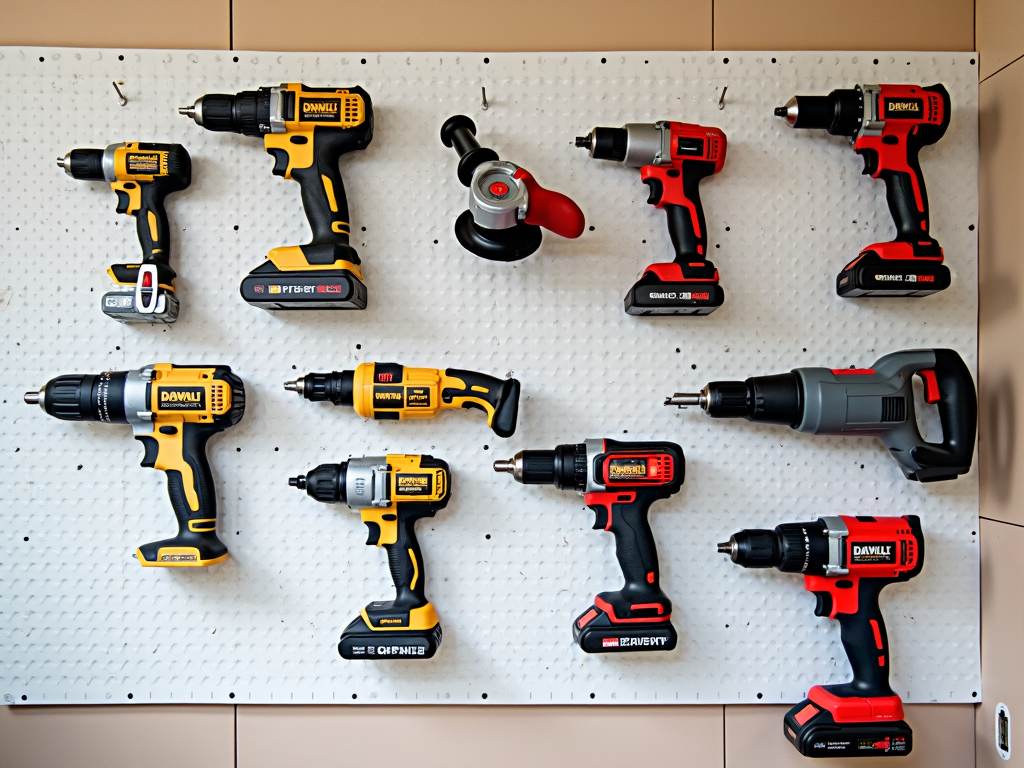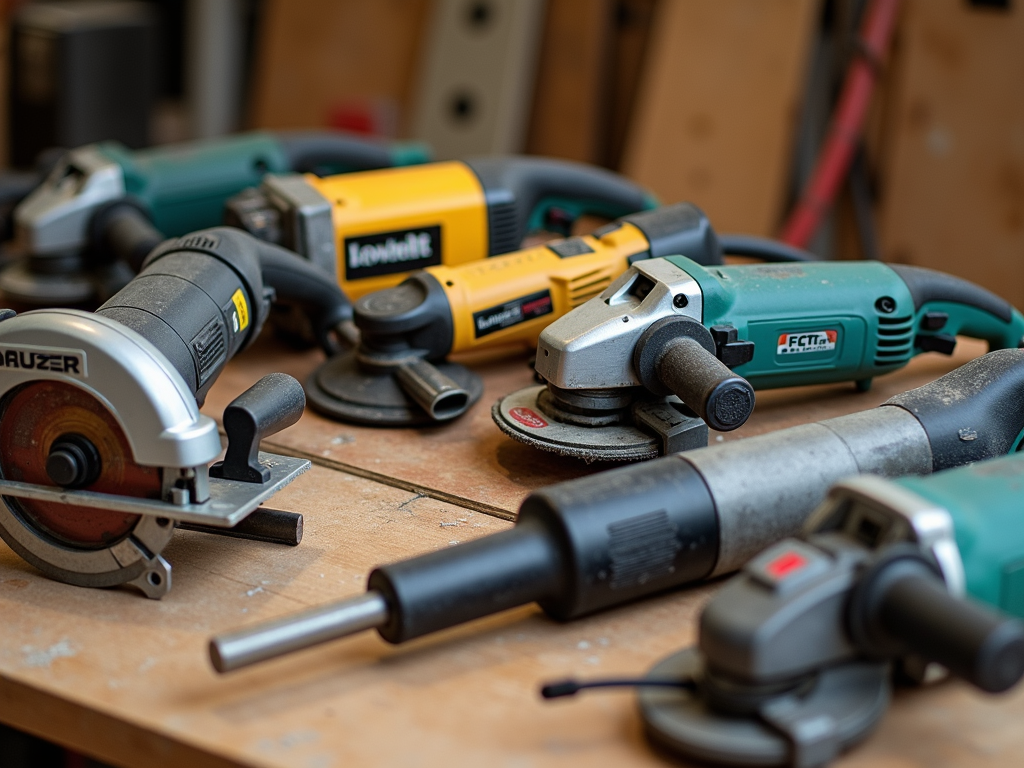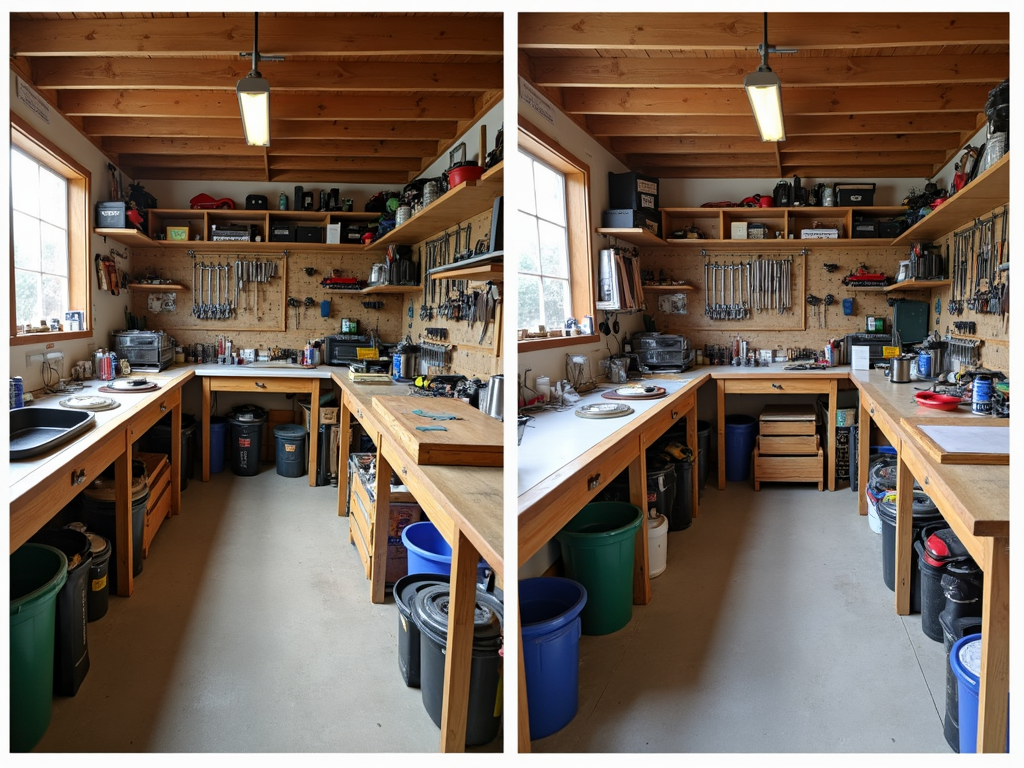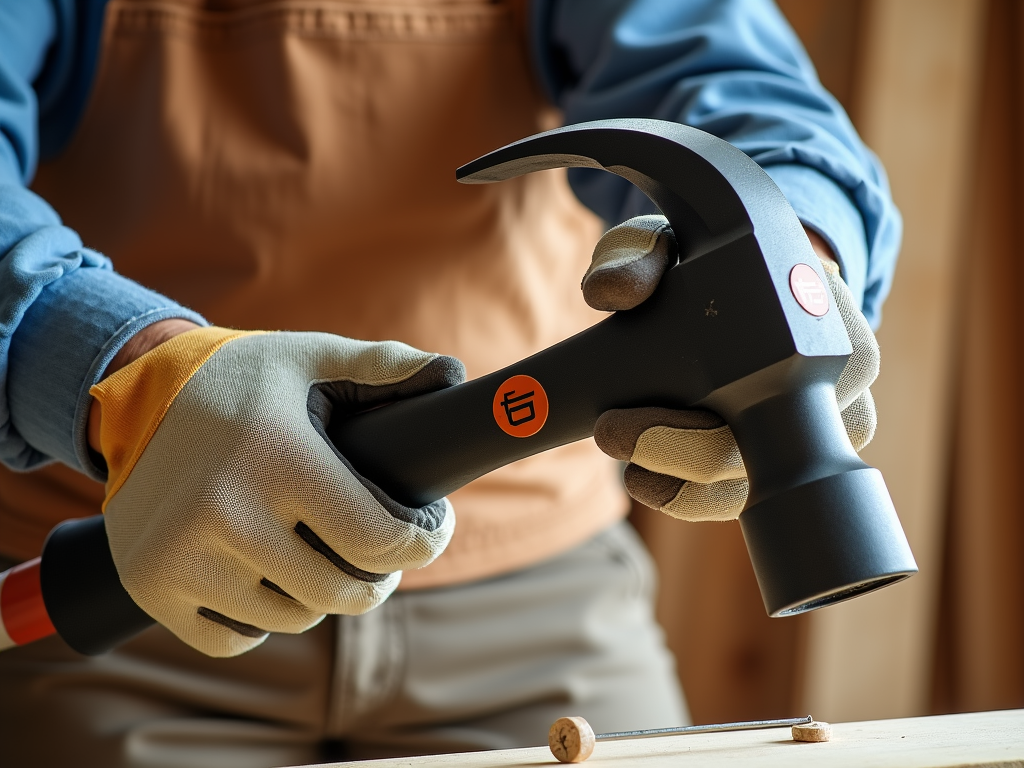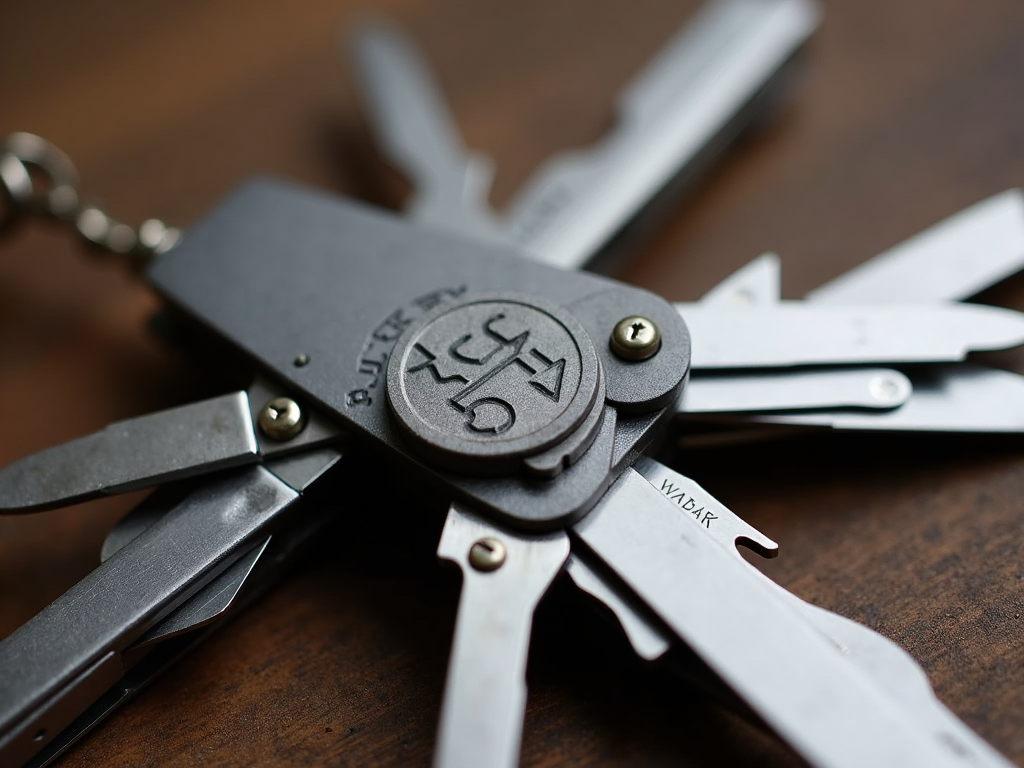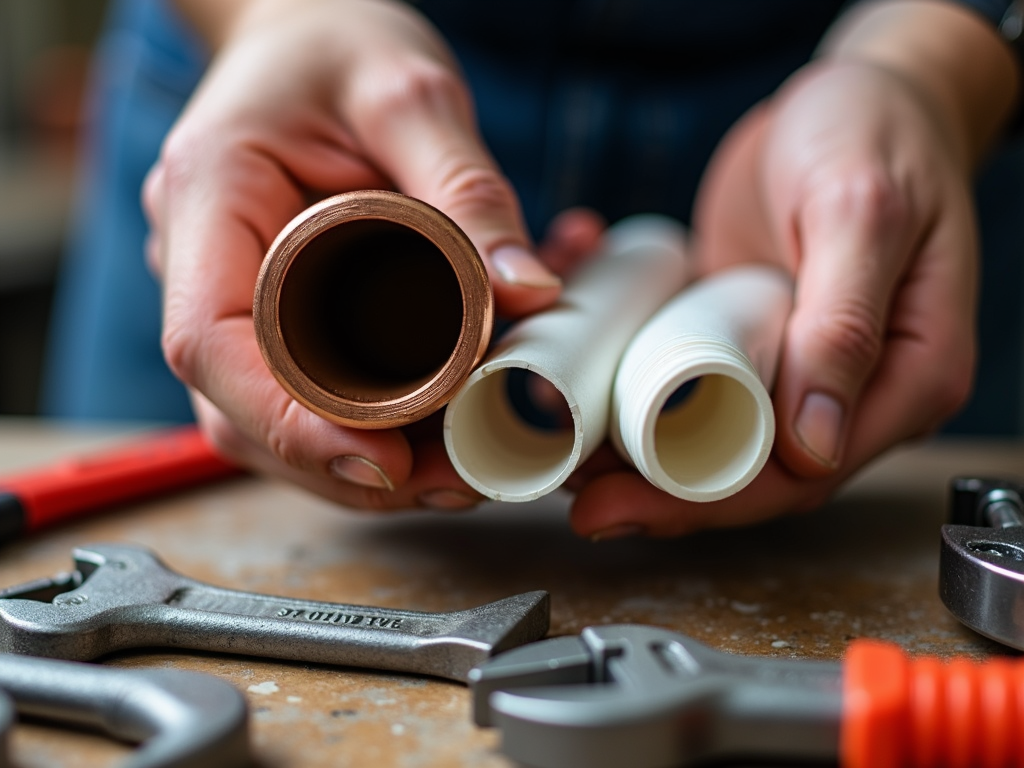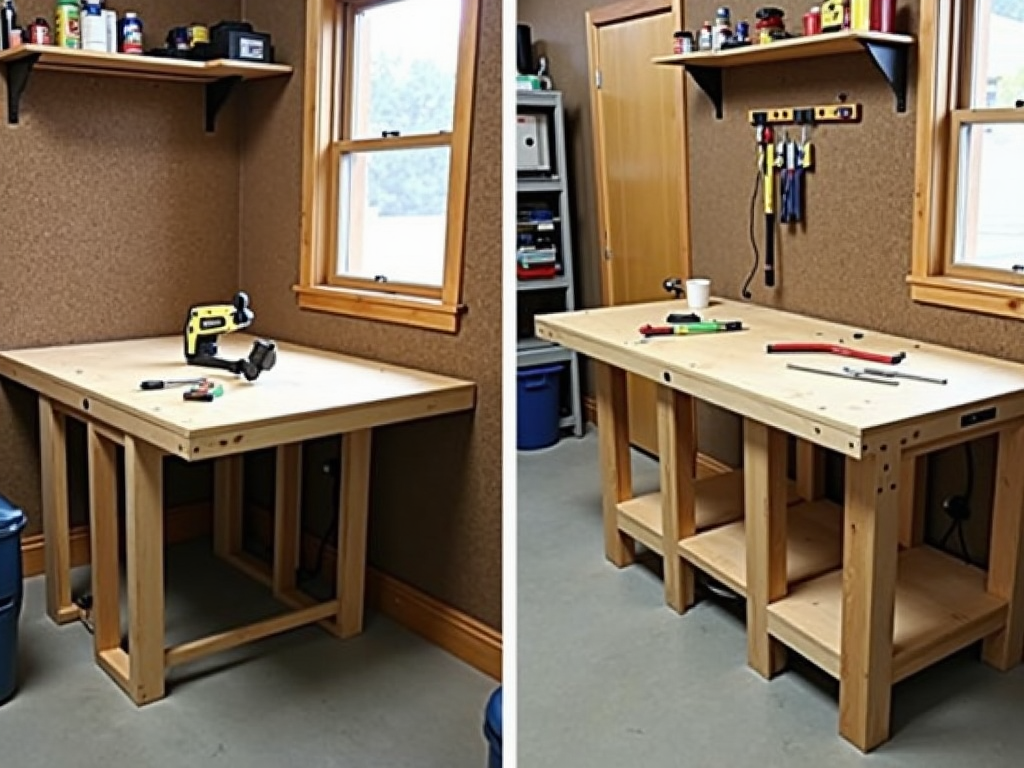Overview
The history of workman tools tells a story of human creativity and progress. From simple stone tools to advanced steel designs, these tools have transformed how we live and work. This article traces their evolution, showing how each step forward changed our world.
The Stone Age: Where It All Began
The tale of workman tools starts in the Stone Age, about 2.5 million years ago. Early humans used stones, bones, and wood to make tools for survival. Flint, a tough rock, was a favorite because it could be shaped into sharp edges.
Imagine holding a hand axe, one of the first tools ever made. It was perfect for chopping, cutting, and digging. People crafted it by hitting flint with another stone. This simple tool helped them hunt animals, gather plants, and build basic shelters.
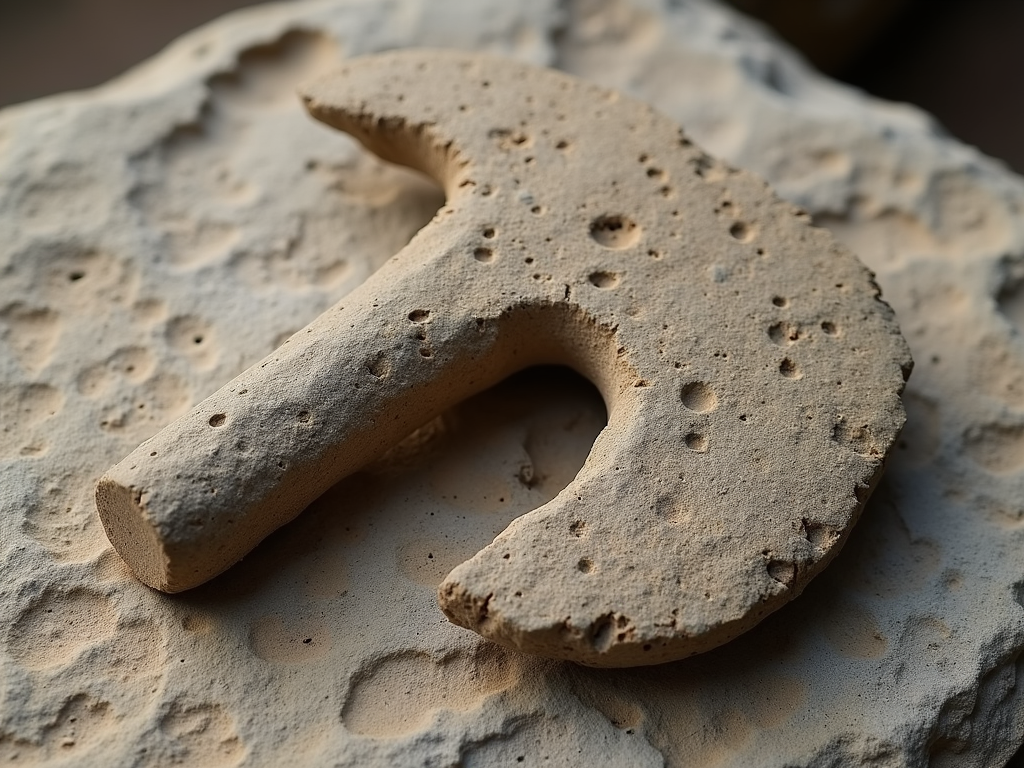
Over time, stone tools got smarter. The hammerstone—a round stone used to chip other stones—made crafting more precise. This led to tools like scrapers for cleaning hides, arrowheads for hunting, and drills for making holes. Each improvement made life a little easier.
The Bronze Age: Metal Enters the Scene
Around 3000 BCE, the Bronze Age brought a big change. Humans learned to mix copper and tin to make bronze. This metal was stronger than stone and didn’t break as easily.
Bronze tools could be sharpened better and fixed if they got damaged. Farmers, warriors, and builders loved them. Picture a bronze hammer in your hands—simple, with a metal head and wooden handle. It was great for shaping metal or pounding stakes into the ground.

Bronze changed everything. Farmers grew more food with better tools, feeding more people. Craftsmen started specializing, making and fixing tools for others. It was the start of bigger, more organized communities.
The Iron Age: Tougher and Better
By 1200 BCE, the Iron Age took over. Iron was everywhere and easier to work with than bronze. Tools made from iron were stronger and could do more.
Iron plows cut through tough soil, boosting farming. Then came the claw hammer—a game-changer. With one end to drive nails and a split end to pull them out, it made building faster and simpler. I can almost feel the weight of that iron tool, swinging smoothly with every strike.

Iron tools spread to all kinds of jobs—blacksmithing, woodworking, masonry. Some were made with high-carbon iron, heated and cooled to stay sharp longer. It’s amazing how these tools opened up new possibilities.
The Steel Revolution: Tools of Today
Fast forward to the late 1700s, and steel arrived. Made from iron and carbon, steel tools were tough, long-lasting, and resisted wear. They took workman tools to a new level.
Take the modern hammer. It’s not just strong—it’s built for comfort. The grip fits your hand, and the weight balances perfectly. Using one feels natural, whether you’re driving nails or breaking apart old boards.
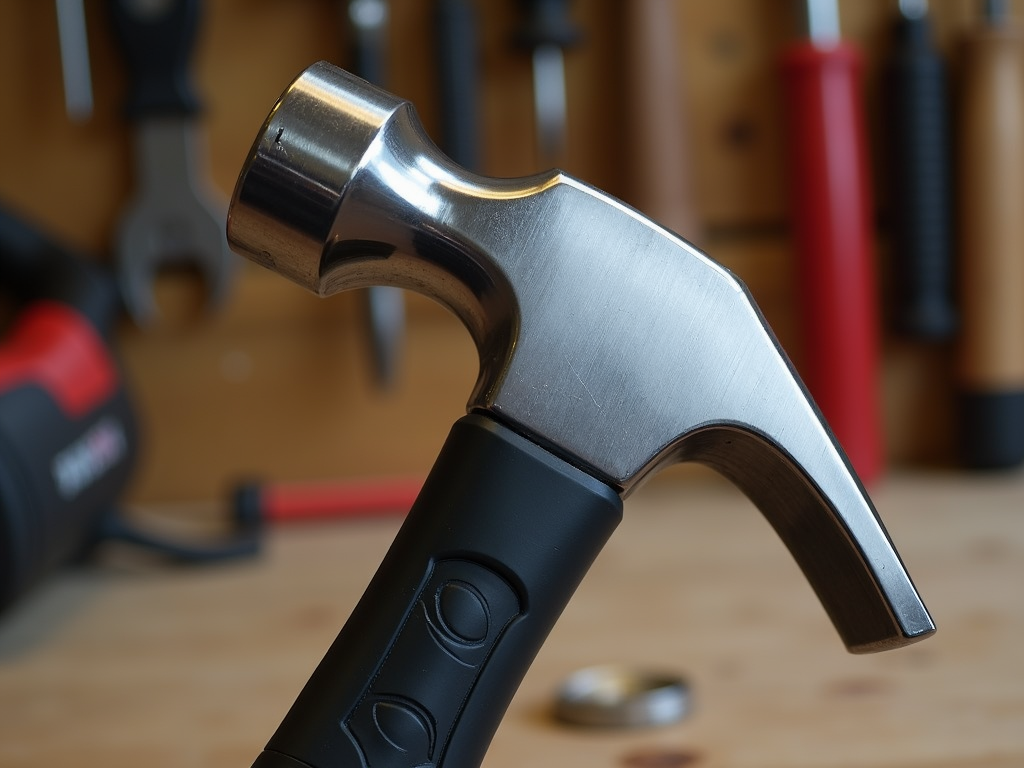
Steel didn’t stop at hammers. Screwdrivers, wrenches, saws—all got the steel treatment. Made from special alloys and heat-treated, they’re built to last. The evolution of workman tools from stone to steel shows how far we’ve come, each step making work smarter and faster.
Understanding Hammer Dynamics and Ergonomics
Hammers tell their own story of progress. Early ones were basic—just a heavy head on a stick. But today, they’re designed with science in mind.
Modern hammers balance the head and handle for the best swing. The grip curves to match your hand, cutting down on strain. I’ve used older tools, and the difference is night and day—new ones feel like an extension of your arm.
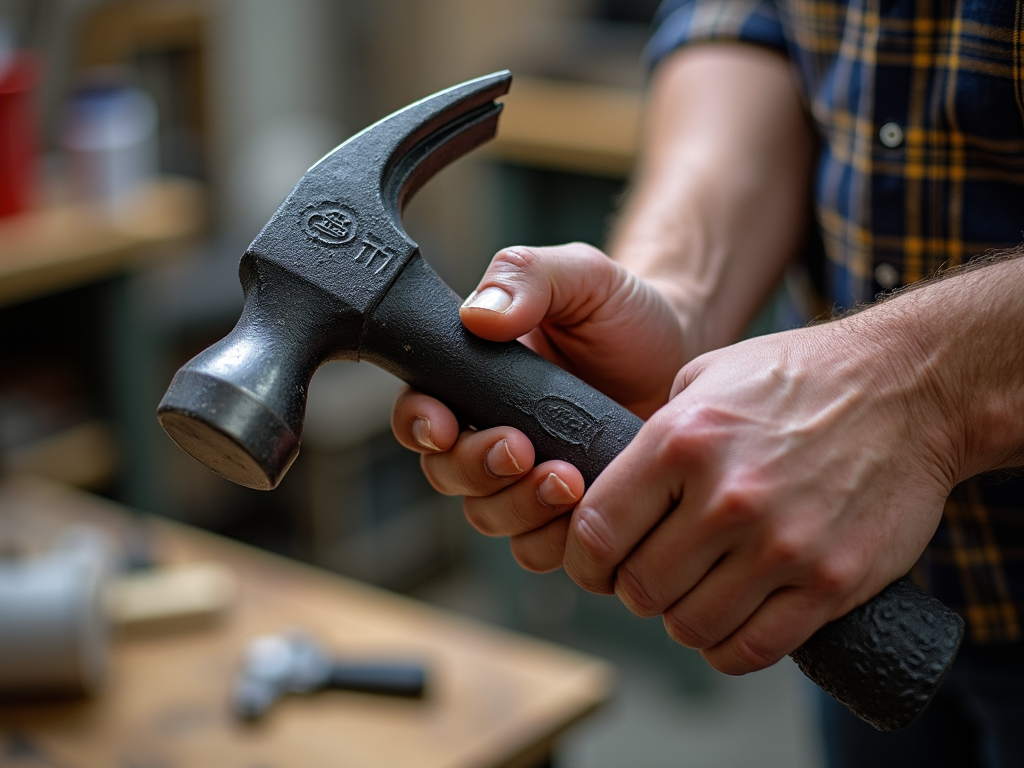
There’s more to it. Some hammers have shock-absorbing grips or magnets to hold nails. These little tweaks make them easier to use, whether you’re a pro or just fixing something at home. It’s all about working smarter, not harder.
How Tools Shaped Us
Think about it: stone tools helped us survive. Bronze tools grew our food and cities. Iron tools built stronger homes. Steel tools powered industries. Every leap in workman tools lifted humanity higher.
I’ve seen old tools in museums, and it hits you—those rough stones and worn metals were the start of everything we have now. They’re not just objects; they’re pieces of our story.

Conclusion
The evolution of workman tools from stone to steel mirrors our own growth. From basic survival to modern marvels, these tools have shaped our past and present. Looking ahead, new materials and tech will keep pushing them forward. It’s a journey worth following.
Related The Evolution of Workman Tools: From Stone to Steel:
- The Best Way to Store Power Tools: A Comprehensive Guide
- Maintaining Your Power Tool Collection: Essential Tips for Longevity and Performance
- Understanding Torque: Essentials for Every Mechanic
- Maximizing Productivity in Small Workshops: A Comprehensive Guide
- The Ultimate Guide to Choosing the Right Tool Belt for You
- The Ultimate Guide to Modern Workman Tools with Ergonomic Design
- Top 5 Multi-Tools Every Craftsman Needs
- Essential Workshop Setup Tips for a Productive and Safe Workspace
- How to Choose the Right Pipe for Your Plumbing Needs
- Case Studies: Successful Implementation of Automation in SMEs
- How to Stay Safe on Construction Sites: Essential Tips
- 10 Space-Saving Storage Solutions for Small Workshops
